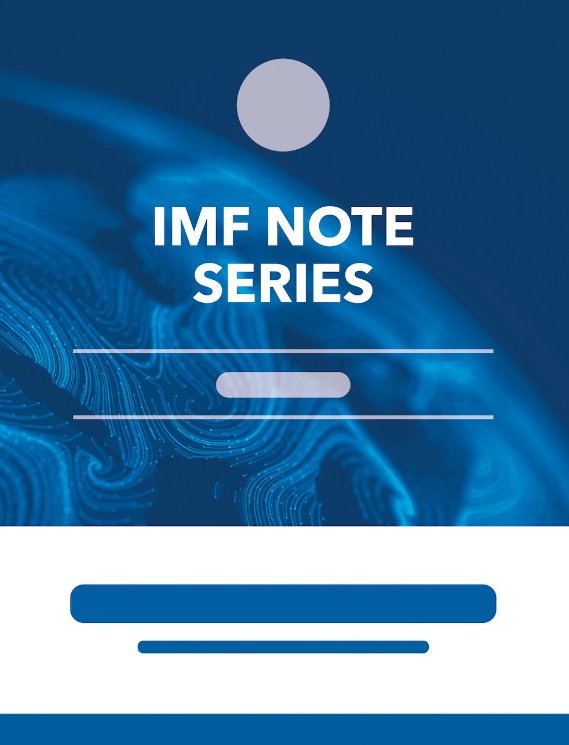How Long is the Long Run? A Dynamic Analysis of the Spanish Business Cycle
June 1, 1997
Disclaimer: This Working Paper should not be reported as representing the views of the IMF.The views expressed in this Working Paper are those of the author(s) and do not necessarily represent those of the IMF or IMF policy. Working Papers describe research in progress by the author(s) and are published to elicit comments and to further debate
Summary
This paper studies the sources of Spanish business cycles. It assumes that Spanish output is affected by two types of shocks. The first one has permanent long-run effects on output and it is identified as a supply shock. The second one has only transitory effects on output and it is identified as a demand shock. Spain seems to have long business cycles, of about 15 years. As restrictive demand policies to control the inflation rate could prove painful and disappointing, supply side policies aimed at reducing rigidities in the product and labor market would be a better way to achieve the same objective.
Subject: Business cycles, Econometric analysis, Economic growth, Economic theory, Inflation, Oil prices, Prices, Supply shocks, Vector autoregression
Keywords: Business Cycles, growth rate, Inflation, inflation equation, inflation response, Oil prices, per-capita output, quantitative analysis, reducing inflation, Sacrifice Ratio, Shocks, supply and demand demand shock, Supply shocks, Vector autoregression, WP
Pages:
31
Volume:
1997
DOI:
---
Issue:
074
Series:
Working Paper No. 1997/074
Stock No:
WPIEA0741997
ISBN:
9781451849554
ISSN:
1018-5941





